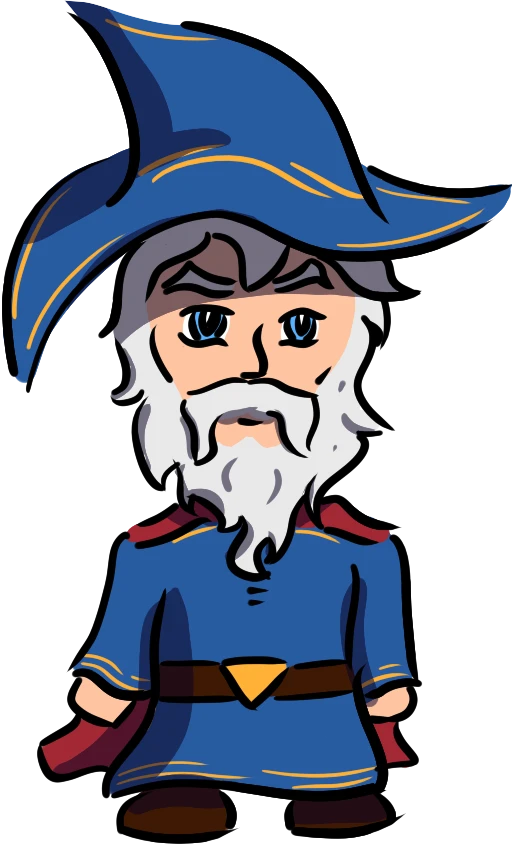Lessons from Camp Hex
22 January 2022, Ecen

The nine sprints we planned for Camp Hex are now done, and while the scope for Camp Hex was a lot better (read “smaller”) than for Network: Override, we still feel it was too big, however we did learn a lot in the process.
During these sprints we’ve been using a Trello board quite heavily to plan and evaluate each sprint. We’ve continually been adding entries for all the ideas that come up, and for each sprint we’ve prioritized the lists of ideas and picked out the top ones to do during the sprint. This has been very useful, but we have realized that it is STILL very difficult to prioritize correctly. Discussing and analyzing the sprints after each one has been very helpful in improving the focus of the later sprints.
The main scope problem we’ve had with camp hex is that we decided to both
- Make a game
- Make the game multiplayer
- Build the game engine
- Create an open world
Those are at least two steps too much since we would need to do all of them before there is a playable game. Much better would be to limit the scope even further as a start, and then add on things as we go.
The plus side is that we haven’t had to do much work on the graphics engine. Algot had done some work on it before we started Camp Hex, extracting the critical parts from the engine we built for Network: Override, and that has worked exceedingly well.
From Network: Override the most important lesson was to prioritize which tasks we work on in a structured manner. From Camp Hex, the most important lesson has been to identify the critical steps needed to finish a project, before it is started.
Overall though, Camp Hex is more of a game now than Network: Override was after double the time, and you can check out the latest builds here. We’ll be putting Camp Hex on ice for now as well, and next up is some other project!